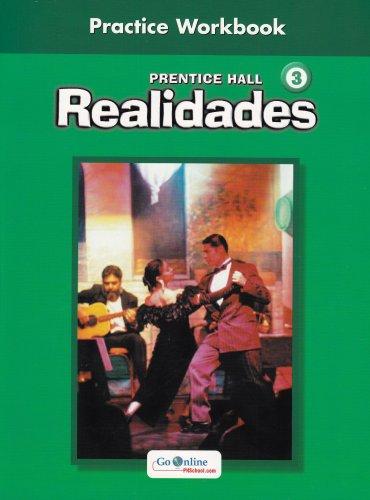
All Solutions
Page 96: 7-6
Given that Los indígenas acts as a third person, plural personal pronoun (ellos):
Los indígenas movieron estas piedras enormes sin usar animales./ The native people moved these huge stones without using animals.
Dudo que los indígenas hayan movido estas piedras enormes sin usar animales./ I doubt that the natives moved these huge stones without using animals.
Given that Los indígenas acts as a third person, plural pronoun (ellos):
Los indígenas dibujaron naves espaciales.
Es imposible que los indígenas hayan dibujado naves espaciales./ It is impossible that the natives have drawn spaceships.
Es imposible que los indígenas hayan dibujado naves espaciales.
Given that Ellos is a personal pronoun (3rd person form, singular):
Ellos unieron las piedras sin cemento./ They joined the stones without cement.
Es poco probable que ellos hayan unido las piedras sin cemento. / It is unlikely that they joined the stones without cement.
Es poco probable que ellos hayan unido las piedras sin cemento.
Given that “Los arqueólogos” acts as a third person form, plural personal pronoun (ellos):
Los arqueólogos midieron todas las piedras./ The archaeologists measured all the stones.
No es posible que los arqueólogos hayan medido todas las piedras./ It is not possible that the archaeologists have measured all the stones.
No es posible que los arqueólogos hayan medido todas las piedras
Given that Nosotros (us) is a personal pronoun (Yo form, plural):
¡Nosotros descubrimos el observatorio! / We discovered the observatory!
No es cierto que nosotros que nosotros hayamos descubierto el observatorio./ It is not true that we have discovered the observatory.
No es cierto que nosotros hayamos descubierto el observatorio.
Given that Yo is a personal pronoun (1st person, singular:
Yo pesé toda la cerámica./ I weighed all the pottery.
No creo que yo haya pesado toda la cerámica./ I don’t think I have weighed all the pottery
No creo que yo haya pesado toda la cerámica.
Given that Ramón acts as a third person, singular pronoun (él):
Ramón midió correctamente la distancia entre estos dos monumentos. / Ramón correctly measured the distance between these two monuments.
Es dudoso que Ramón haya medido correctamente la distancia entre estos dos monumentos. / It is doubtful that Ramón has correctly measured the distance between these two monuments.
Es dudoso que Ramón haya medido correctamente la distancia entre estos dos monumentos
Given that Nosotros is a personal pronoun (first person, plural)
Nosotros comprendimos la función de estos óvalos./ We understood the function of these ovals.
No creo que nosotros no hayamos comprendido la función de estos óvalos./ I do not think that we have not understood the function of these ovals.

